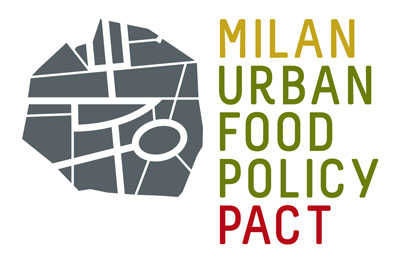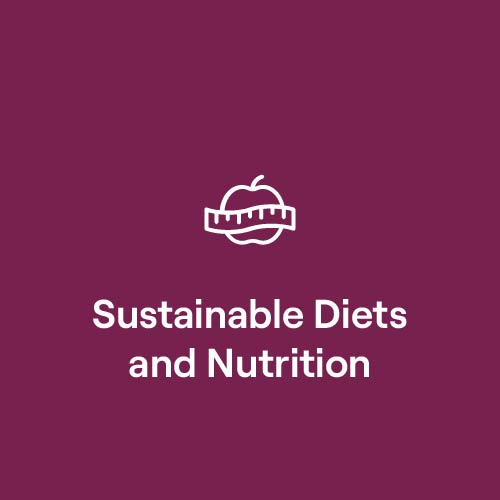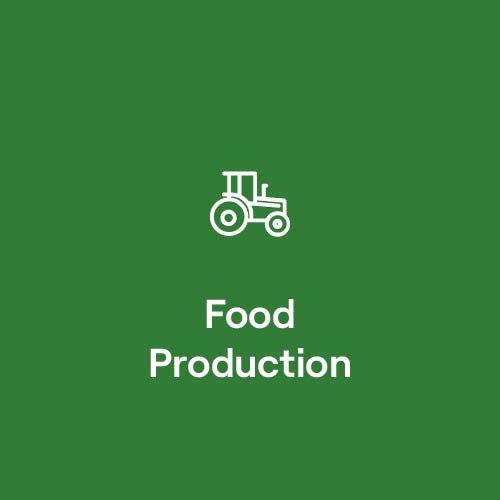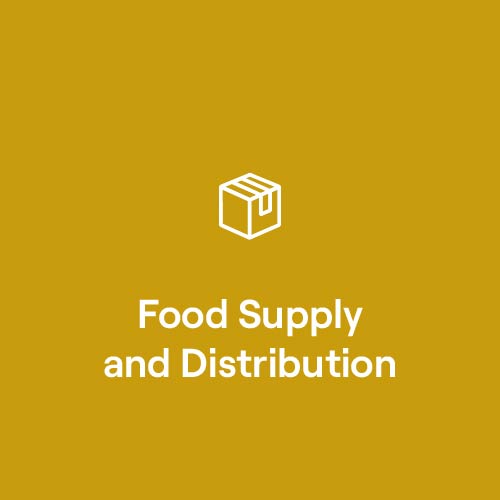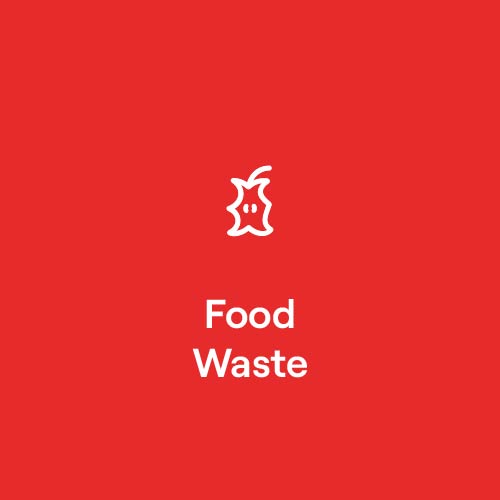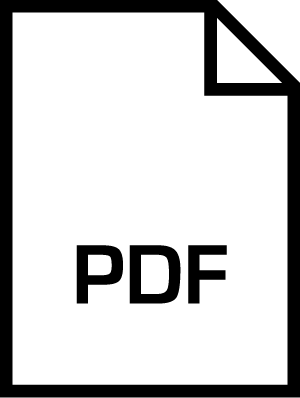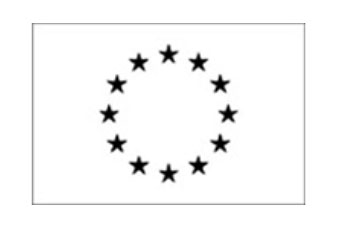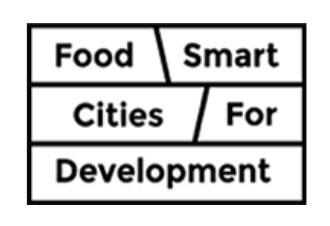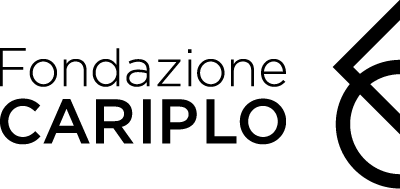Sustainable Diets and Nutrition
Cities that want to promote sustainable diets, better consumptions and nutrition can be inspired by the recommended actions falling into this category of the MUFPP, fox example: to address non-communicable diseases associated with poor diets, to develop sustainable dietary guidelines for urban environment, to explore regulatory and voluntary instruments to promote sustainable diets in cities and public facilities, to commit to achieving universal access to safe drinking water in urban and peri-urban areas.
Discover the 7 recommended actions for the Sustainable Diets and Nutrition category.
Promote sustainable diets (healthy, safe, culturally appropriate, environmentally friendly and rights-based) through relevant education, health promotion and communication programmes, with special attention to schools, care centres, markets and the media.
Indicators
Address non-communicable diseases associated with poor diets and obesity, giving specific attention where appropriate to reducing intake of sugar, salt, transfats, meat and dairy products and increasing consumption of fruits and vegetables and non-processed foods.
Indicators
Develop sustainable dietary guidelines to inform consumers, city planners (in particular for public food procurement), food service providers, retailers, producers and processors, and promote communication and training campaigns.
Indicators
Adapt standards and regulations to make sustainable diets and safe drinking water accessible in public sector facilities such as hospitals, health and childcare facilities, workplaces, universities, schools, food and catering services, municipal offices and prisons, and to the extent possible, in private sector retail and wholesale food distribution and markets.
Indicators
Explore regulatory and voluntary instruments to promote sustainable diets involving private and public companies as appropriate, using marketing, publicity and labelling policies; and economic incentives or disincentives; streamline regulations regarding the marketing of food and non-alcoholic beverages to children in accordance with WHO recommendations.
Indicators
Encourage joint action by health and food sectors to implement integrated people-centred strategies for healthy lifestyles and social inclusion.
Indicators
Invest in and commit to achieving universal access to safe drinking water and adequate sanitation with the participation of civil society and various partnerships, as appropriate.
